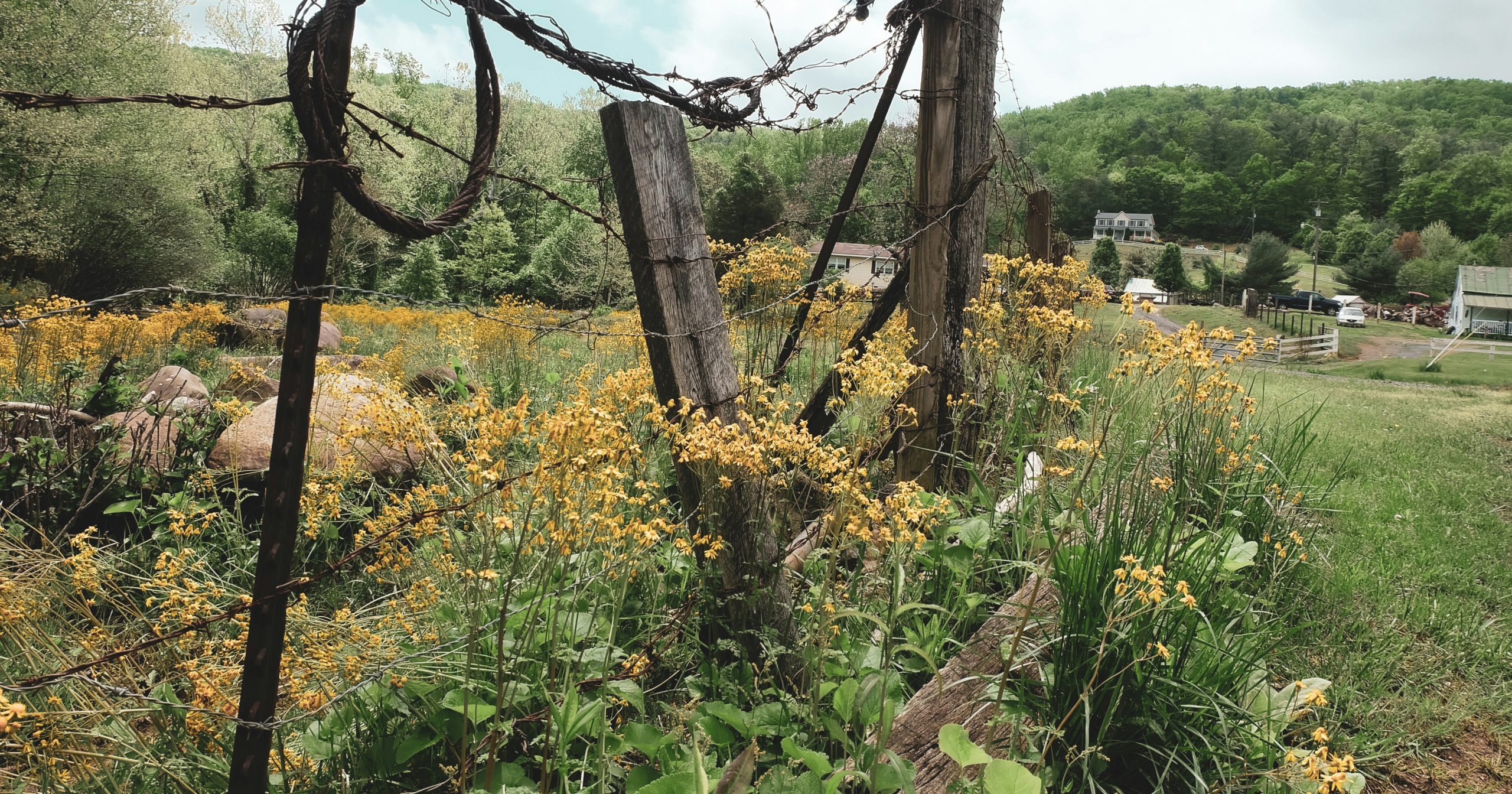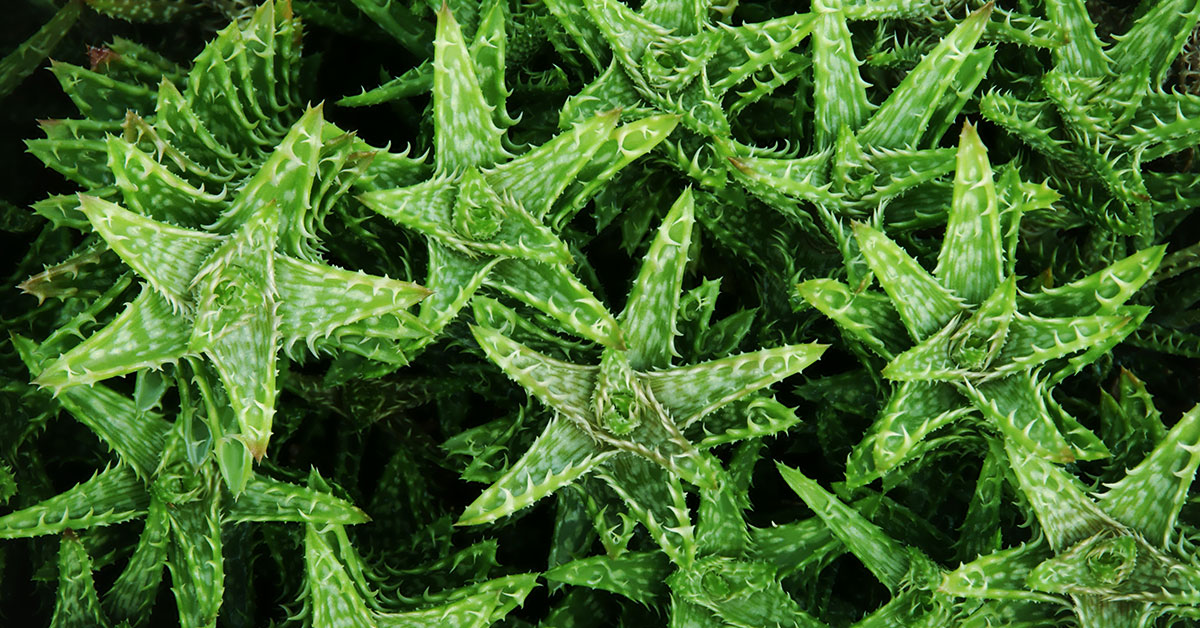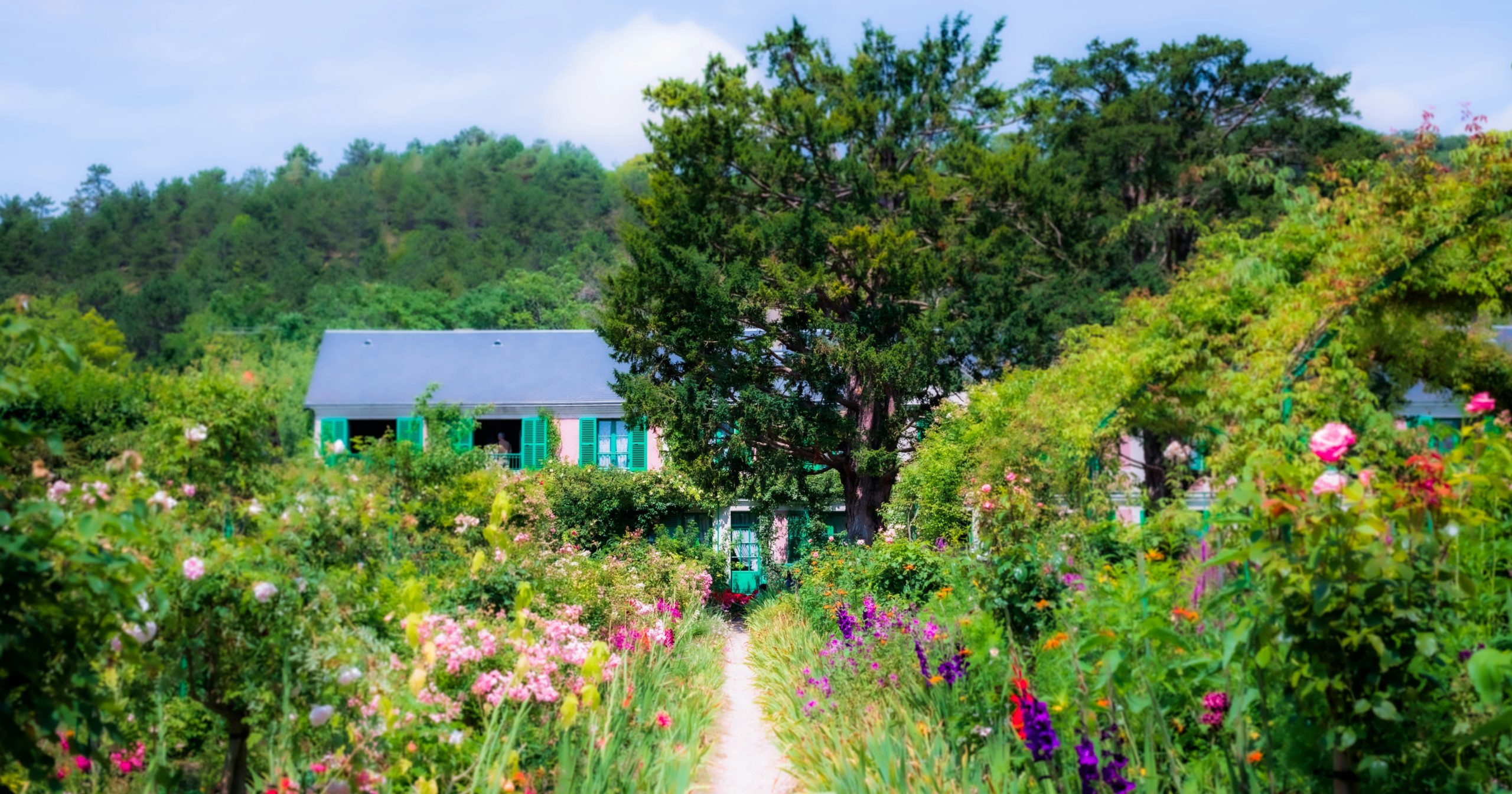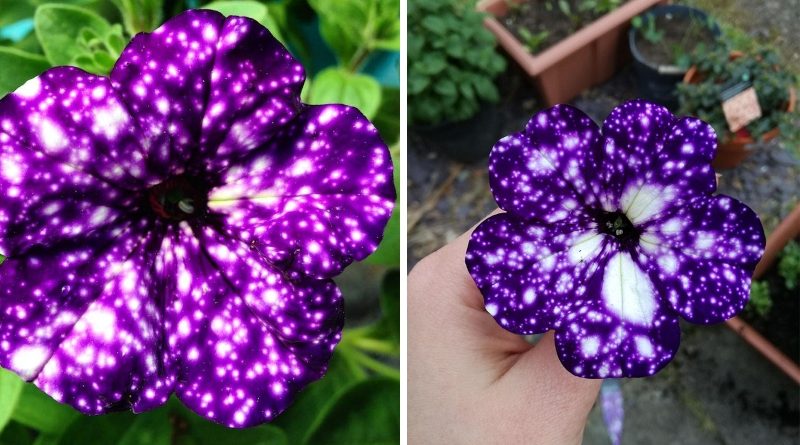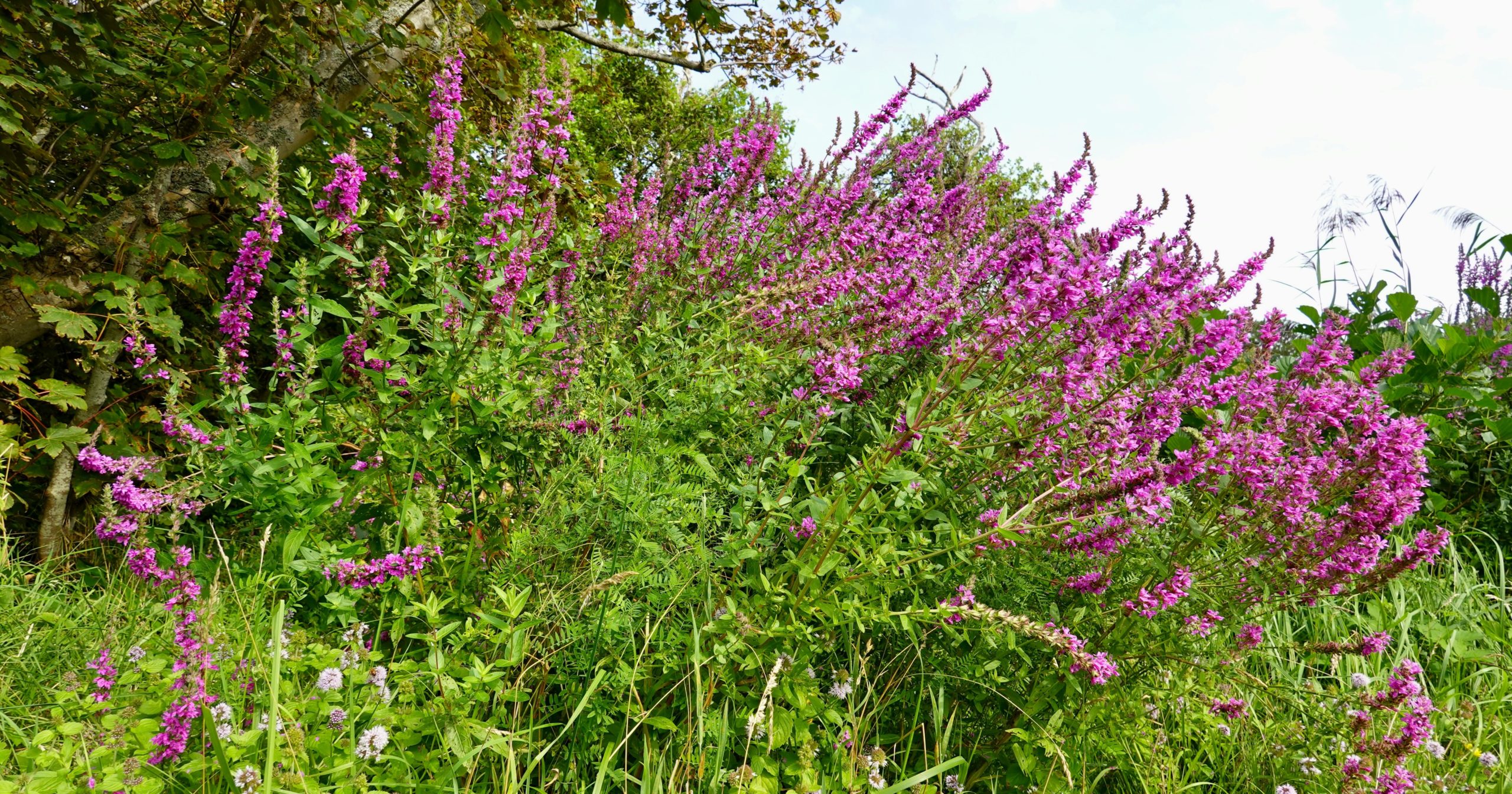Creating a rustic farmhouse garden is about capturing the charm and simplicity of rural life with a mix of vibrant colors, textures, and fragrant blooms. These gardens often evoke a sense of nostalgia and are designed to be welcoming and bountiful, reflecting the beauty of nature in its purest form. Whether you have a sprawling countryside property or a cozy backyard, the right selection of flowers can help you achieve that classic farmhouse look.
In this article, I’ll introduce you to ten of the best flowers for a rustic farmhouse garden. Each flower has its own unique appeal and will contribute to the overall ambiance of your garden. Let’s explore these beautiful blooms and see how they can transform your garden into a picturesque farmhouse haven!
Sunflowers

Sunflowers (Helianthus annuus) are iconic symbols of a rustic farmhouse garden. Native to North America, these tall, cheerful flowers are known for their large, bright yellow petals and dark centers. Sunflowers thrive in full sun and well-drained soil, making them an ideal choice for sunny garden spots.
I love sunflowers for their ability to bring joy and a sense of grandeur to any garden. They are also excellent for attracting pollinators such as bees and butterflies. Sunflowers can grow quite tall, creating a stunning backdrop for shorter plants. Additionally, their seeds provide food for birds, adding another layer of wildlife attraction to your garden. Plant sunflowers in clusters for a dramatic effect or along fences and borders to create a natural screen.
Lavender
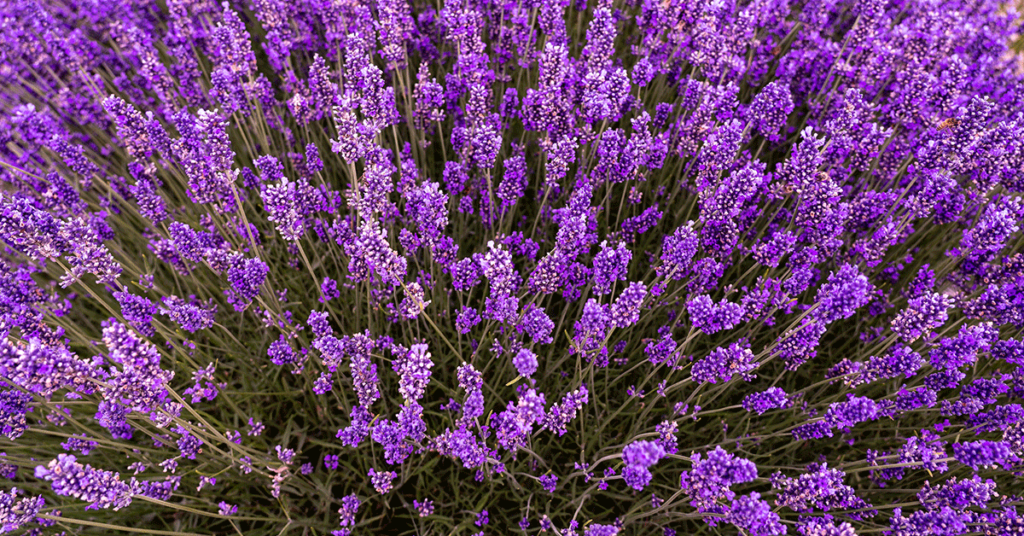
Lavender (Lavandula) is a must-have for any rustic farmhouse garden. Native to the Mediterranean, this fragrant herb produces spikes of purple flowers and silver-green foliage. Lavender thrives in full sun and well-drained soil, making it a perfect choice for sunny, dry areas in your garden.
One of my favorite things about lavender is its versatility. It can be used in borders, as a low hedge, or in containers. Lavender’s soothing scent is not only pleasing but also known for its calming properties. This plant attracts bees and butterflies, adding to the ecological benefits of your garden. Regular pruning after flowering helps maintain its shape and encourages new growth. Lavender is both beautiful and functional, making it a wonderful addition to any farmhouse garden.
Shasta Daisy
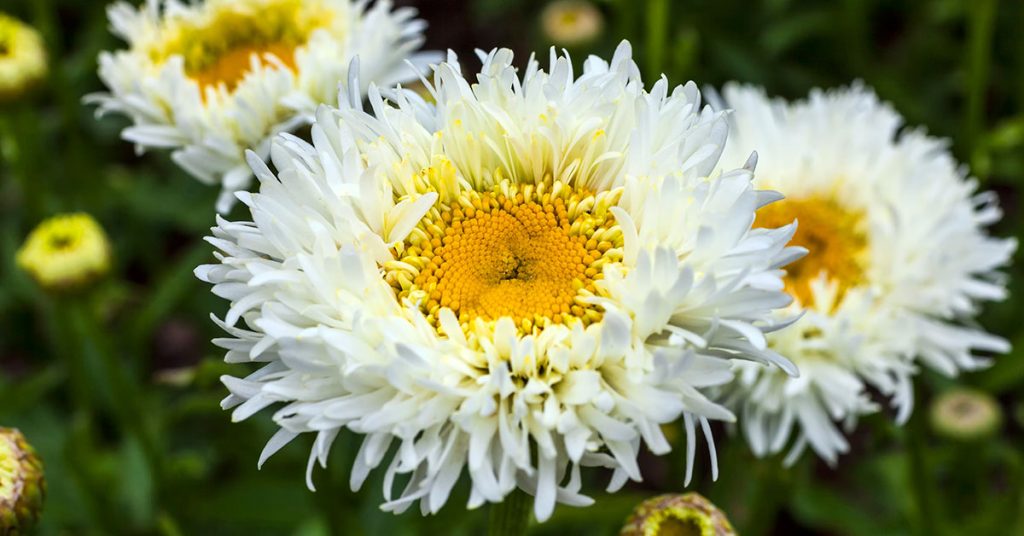
Shasta Daisy (Leucanthemum × superbum) is a classic perennial that brings a touch of elegance to a rustic garden. Native to Europe, these cheerful flowers have white petals surrounding a bright yellow center. Shasta Daisies thrive in full sun and well-drained soil, blooming from early summer to fall.
I appreciate Shasta Daisies for their simplicity and long blooming period. They are excellent for creating large swathes of color in your garden and work well in borders, cottage gardens, or as cut flowers. Shasta Daisies are also drought-tolerant once established, making them a low-maintenance option for busy gardeners. Their sturdy stems and profuse blooms make them a standout choice for a classic farmhouse garden.
Black-Eyed Susan
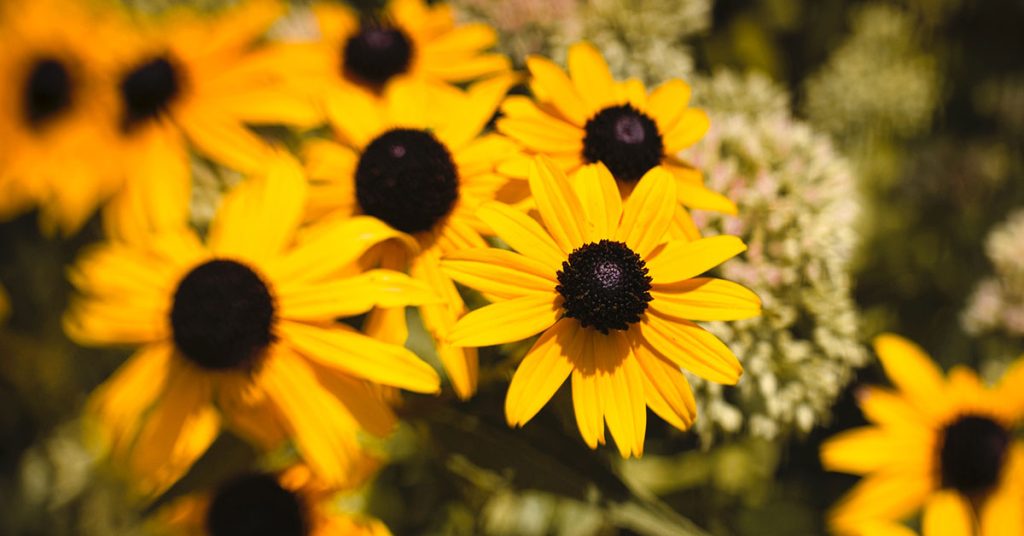
Black-Eyed Susan (Rudbeckia hirta) is a charming native North American wildflower that fits perfectly into a rustic farmhouse garden. These hardy perennials feature bright yellow petals and dark brown centers, creating a striking contrast. Black-Eyed Susans thrive in full sun and well-drained soil, blooming from mid-summer to early fall.
One of the reasons I enjoy growing Black-Eyed Susans is their resilience and ease of care. They are drought-tolerant and deer-resistant, making them a reliable choice for various garden conditions. Black-Eyed Susans attract pollinators like bees and butterflies, enhancing the ecological value of your garden. Their bold, sunny blooms bring warmth and cheer, embodying the rustic charm of a farmhouse garden.
Hollyhocks
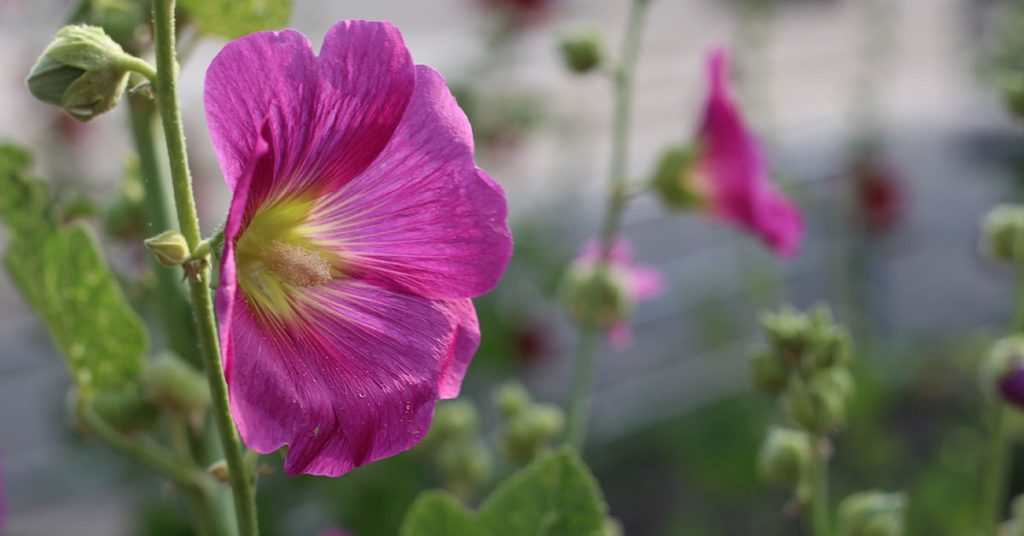
Hollyhocks (Alcea rosea) are tall, stately flowers that evoke a sense of nostalgia and timeless beauty. Native to Asia and Europe, these biennials or short-lived perennials produce tall spikes of vibrant flowers in various colors, including pink, red, white, and yellow. Hollyhocks thrive in full sun and well-drained soil, often blooming from mid-summer to early fall.
One of my favorite aspects of hollyhocks is their ability to add vertical interest and a cottage garden feel to any space. They are perfect for planting along fences, walls, or the back of borders. Hollyhocks attract pollinators such as bees and hummingbirds, contributing to a healthy garden ecosystem. Their impressive height and stunning blooms make hollyhocks a quintessential element of a rustic farmhouse garden.
Zinnias
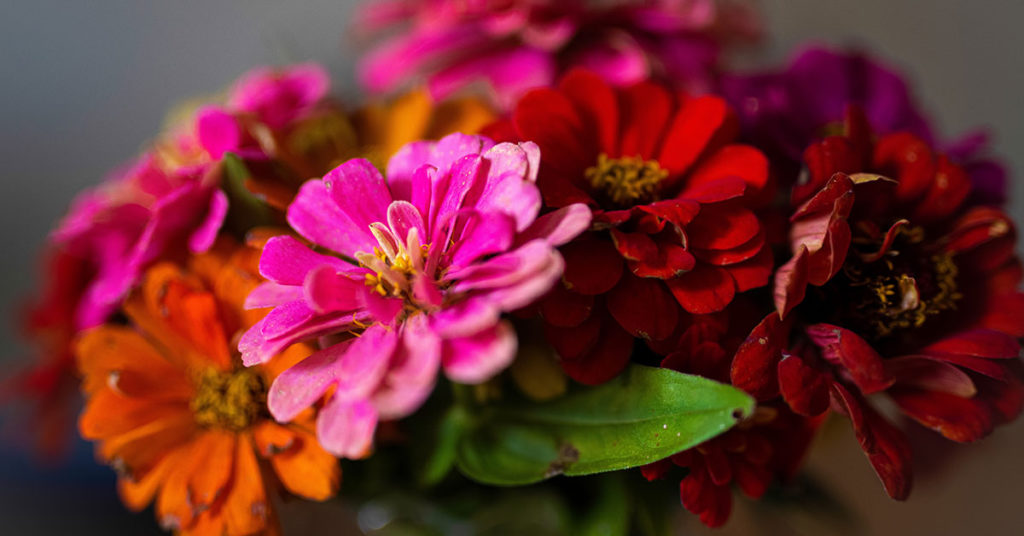
Zinnias (Zinnia elegans) are vibrant annuals that bring a burst of color to any garden. Native to Mexico, zinnias come in a wide range of colors, including red, pink, orange, yellow, and white. They thrive in full sun and well-drained soil, blooming profusely from summer until the first frost.
I love zinnias for their bright, cheerful flowers and ease of care. They are excellent for attracting pollinators such as butterflies and bees, making them a valuable addition to a farmhouse garden. Zinnias are also great for cutting and bringing indoors, adding a splash of color to your home. Plant zinnias in mass plantings, borders, or containers to create a lively, colorful display that embodies the spirit of a rustic garden.
Coneflowers
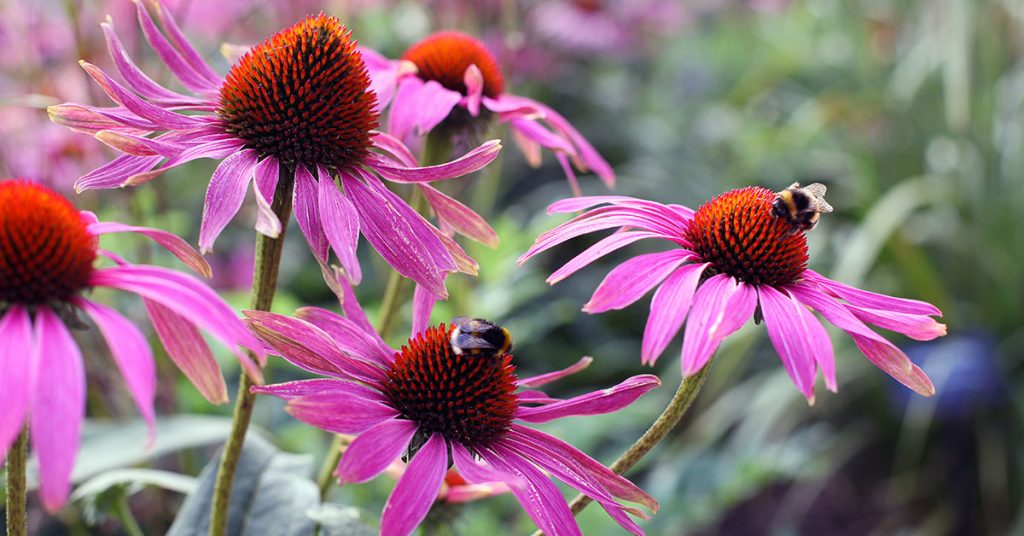
Coneflowers (Echinacea) are hardy perennials native to North America, known for their daisy-like flowers with prominent cone-shaped centers. They come in various colors, including purple, pink, white, and yellow. Coneflowers thrive in full sun and well-drained soil, blooming from mid-summer to fall.
What I love about coneflowers is their ability to attract a wide range of pollinators, including bees, butterflies, and hummingbirds. The flowers also produce seeds that are a valuable food source for birds in the fall and winter. Coneflowers are low-maintenance and drought-tolerant, making them an excellent choice for a rustic farmhouse garden. Their vibrant blooms and ecological benefits make them a must-have for any gardener.
Yarrow
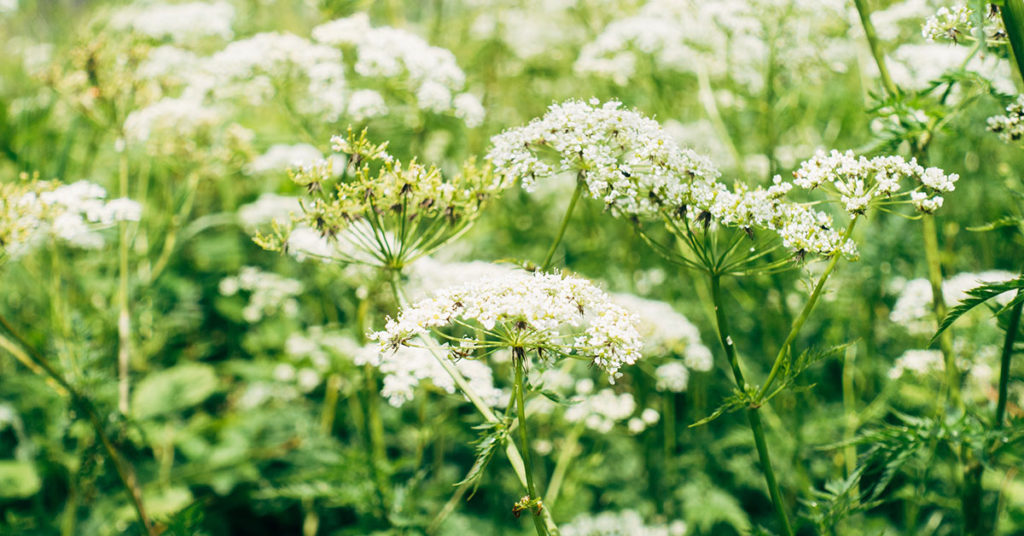
Yarrow (Achillea millefolium) is a hardy perennial native to Europe and Asia, well-suited for rustic gardens. It produces clusters of tiny flowers in shades of white, yellow, pink, and red atop fern-like foliage. Yarrow thrives in full sun and well-drained soil, making it an excellent choice for hot, dry climates.
One of the great things about yarrow is its ability to attract beneficial insects like bees and butterflies. It’s also deer-resistant and can tolerate poor soil conditions. Yarrow blooms from early summer to fall, adding a long-lasting splash of color to your garden. Regular deadheading can encourage more blooms and keep the plants looking tidy. Yarrow’s resilience and attractiveness make it a valuable addition to any garden.
Sweet Peas
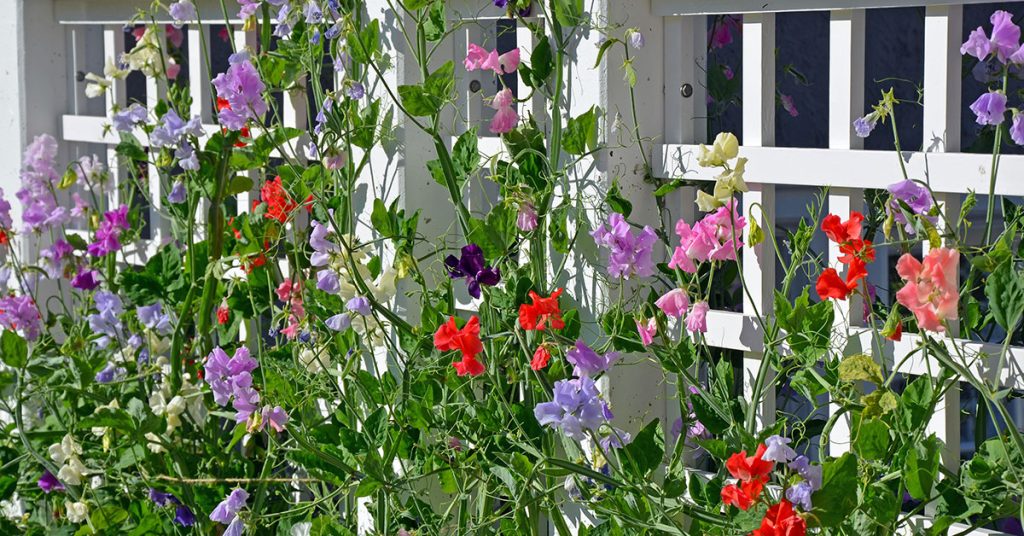
Sweet Peas (Lathyrus odoratus) are charming annuals native to the Mediterranean region, known for their beautiful, fragrant flowers. They come in a variety of colors, including pink, purple, white, and red. Sweet peas thrive in full sun and well-drained soil, typically blooming in late spring to early summer.
One of the reasons I adore sweet peas is their delightful fragrance, which adds a sensory appeal to any garden. These climbing plants are perfect for trellises, fences, or arbors, adding vertical interest and a cottage garden feel. Sweet peas are also excellent for cutting and bringing indoors, where their scent can be enjoyed up close. Their romantic blooms and intoxicating fragrance make sweet peas a perfect choice for a rustic farmhouse garden.
Cosmos
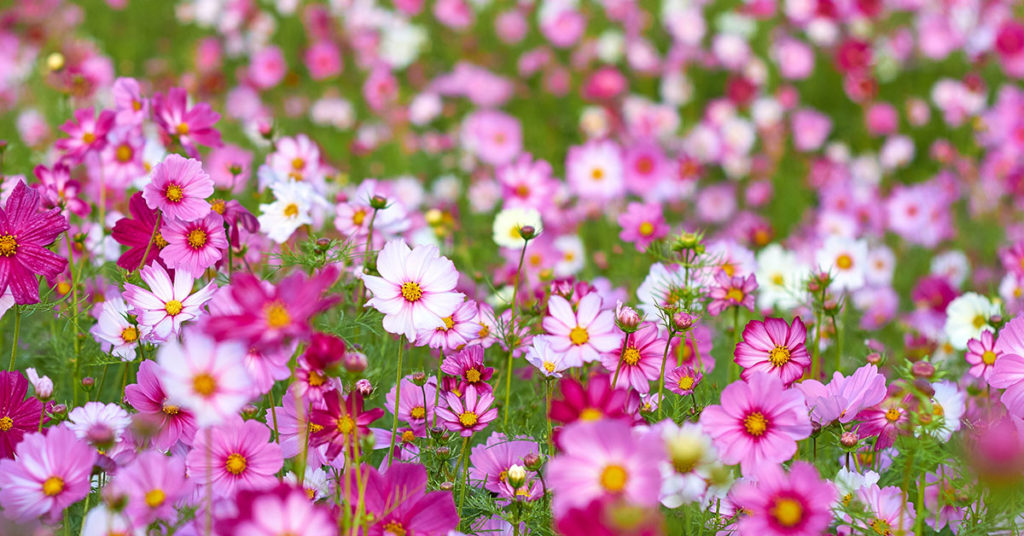
Cosmos (Cosmos bipinnatus) are beautiful, airy flowers native to Mexico and Central America. They produce daisy-like blooms in various colors, including pink, white, and purple, with delicate, fern-like foliage. Cosmos thrive in full sun and well-drained soil, blooming from mid-summer to fall.
I appreciate cosmos for their long blooming period and ability to attract pollinators like bees and butterflies. They are also excellent for cutting and bringing indoors, adding a touch of elegance to your home. Cosmos are low-maintenance and drought-tolerant, making them an ideal choice for a rustic farmhouse garden. Their vibrant, cheerful blooms and delicate foliage add a whimsical charm to any space.
Coreopsis
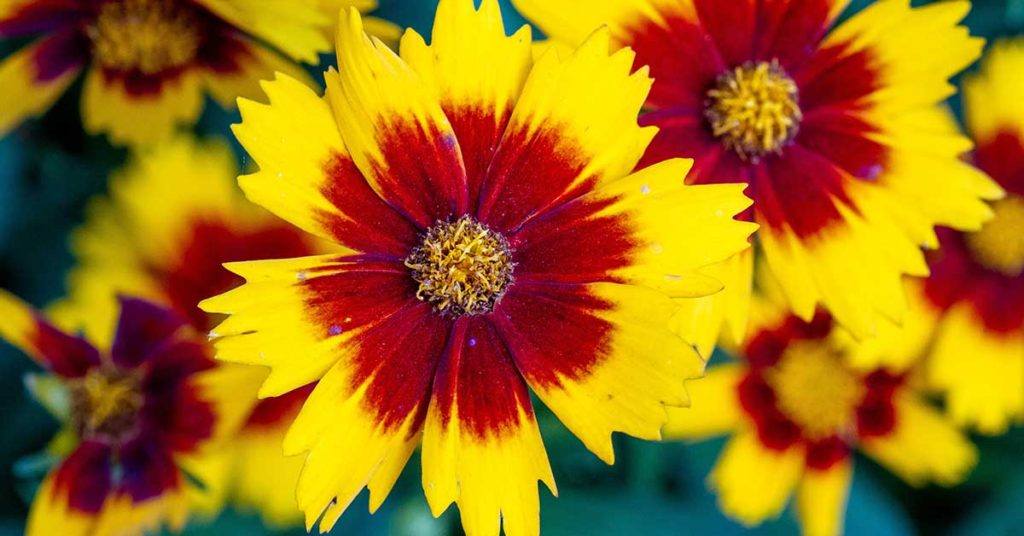
Coreopsis (Coreopsis spp.), also known as Tickseed, is a cheerful, drought-tolerant perennial native to North and South America. It produces bright, daisy-like flowers in shades of yellow, gold, pink, and red. Coreopsis thrives in full sun and well-drained soil, making it an excellent choice for hot, dry conditions.
One of the reasons I love coreopsis is its long blooming period, from early summer to fall. It attracts bees and butterflies, adding ecological value to your garden. Coreopsis is also deer-resistant and low-maintenance, requiring minimal care once established. Its vibrant blooms and resilience to drought make coreopsis a must-have for any garden.
